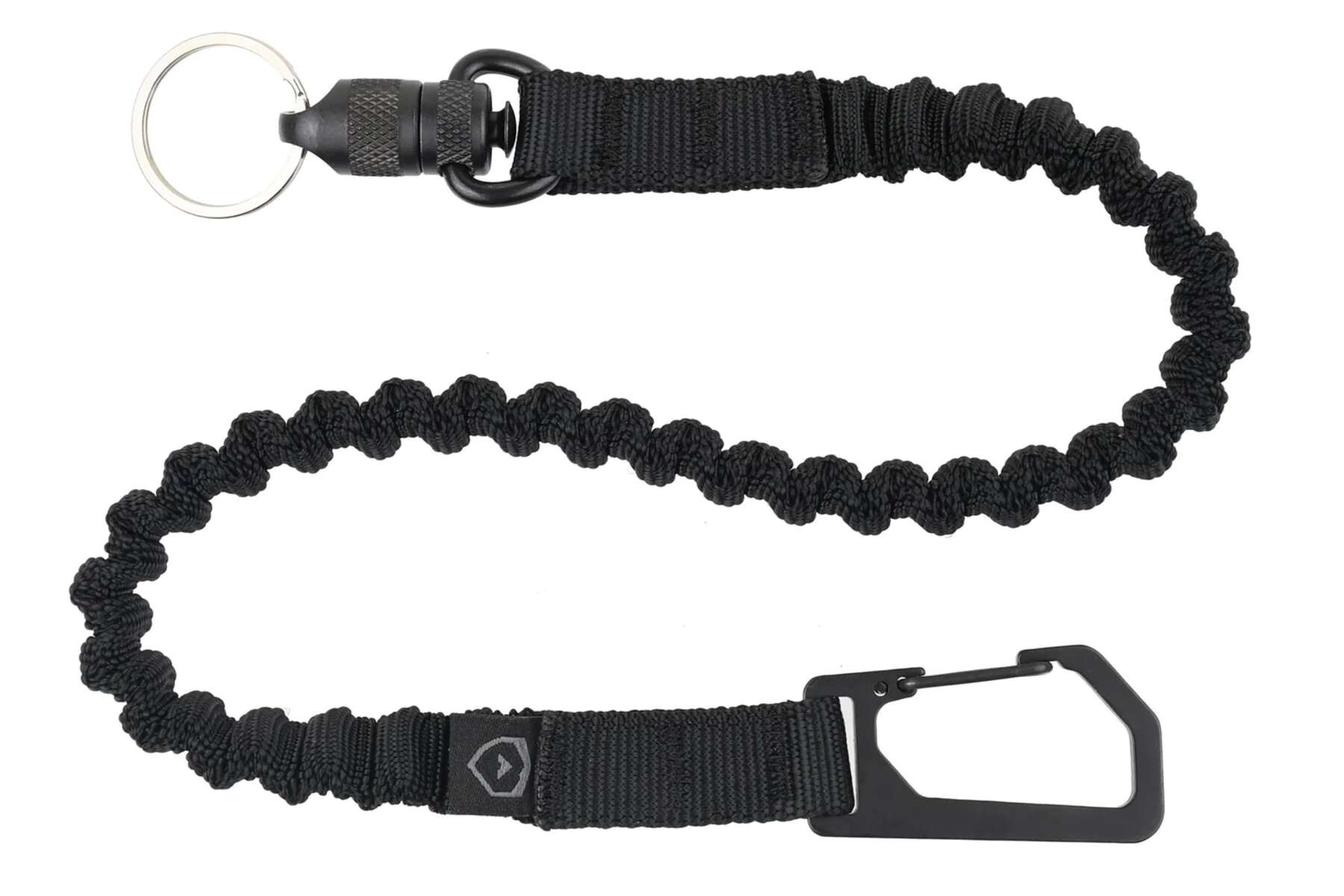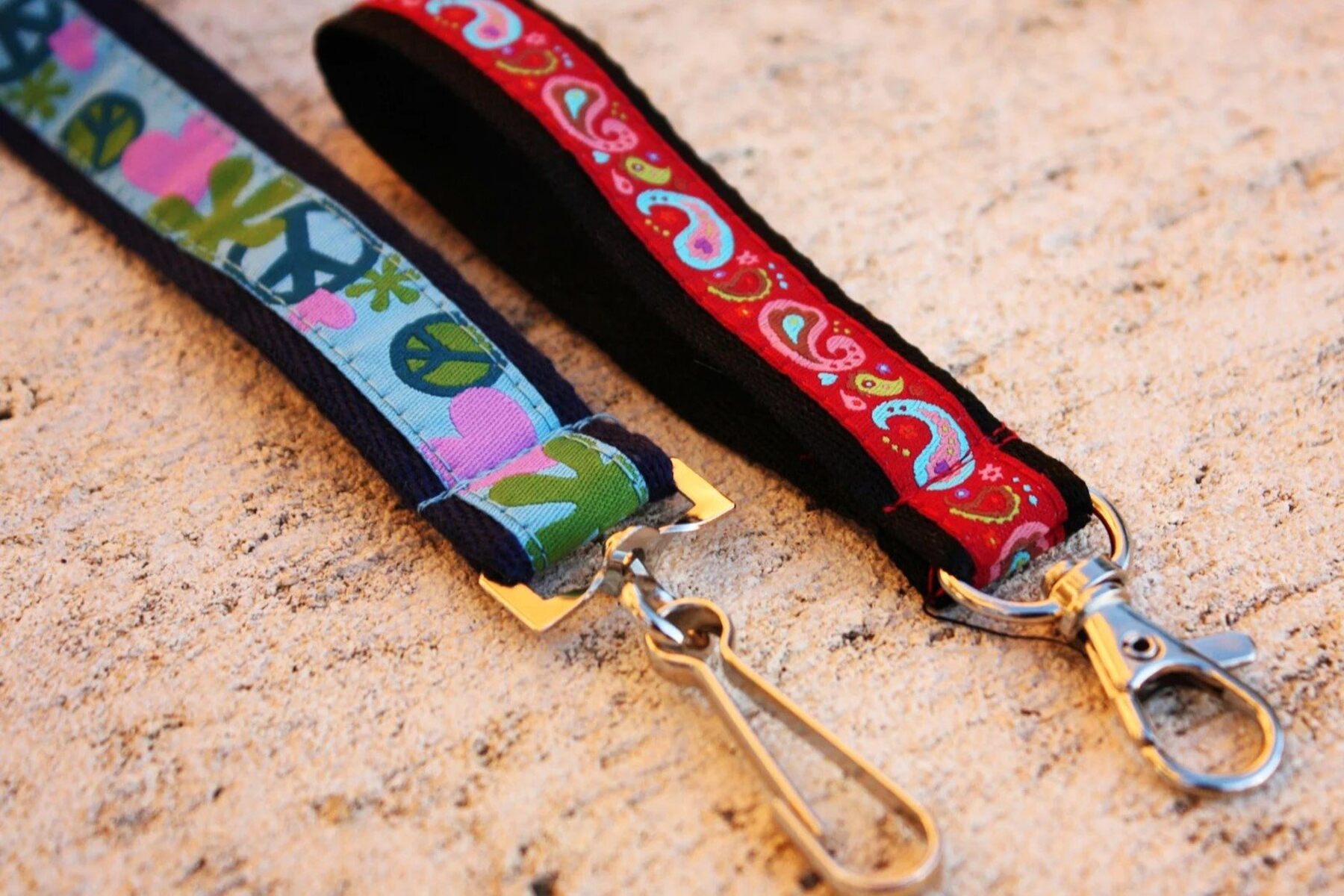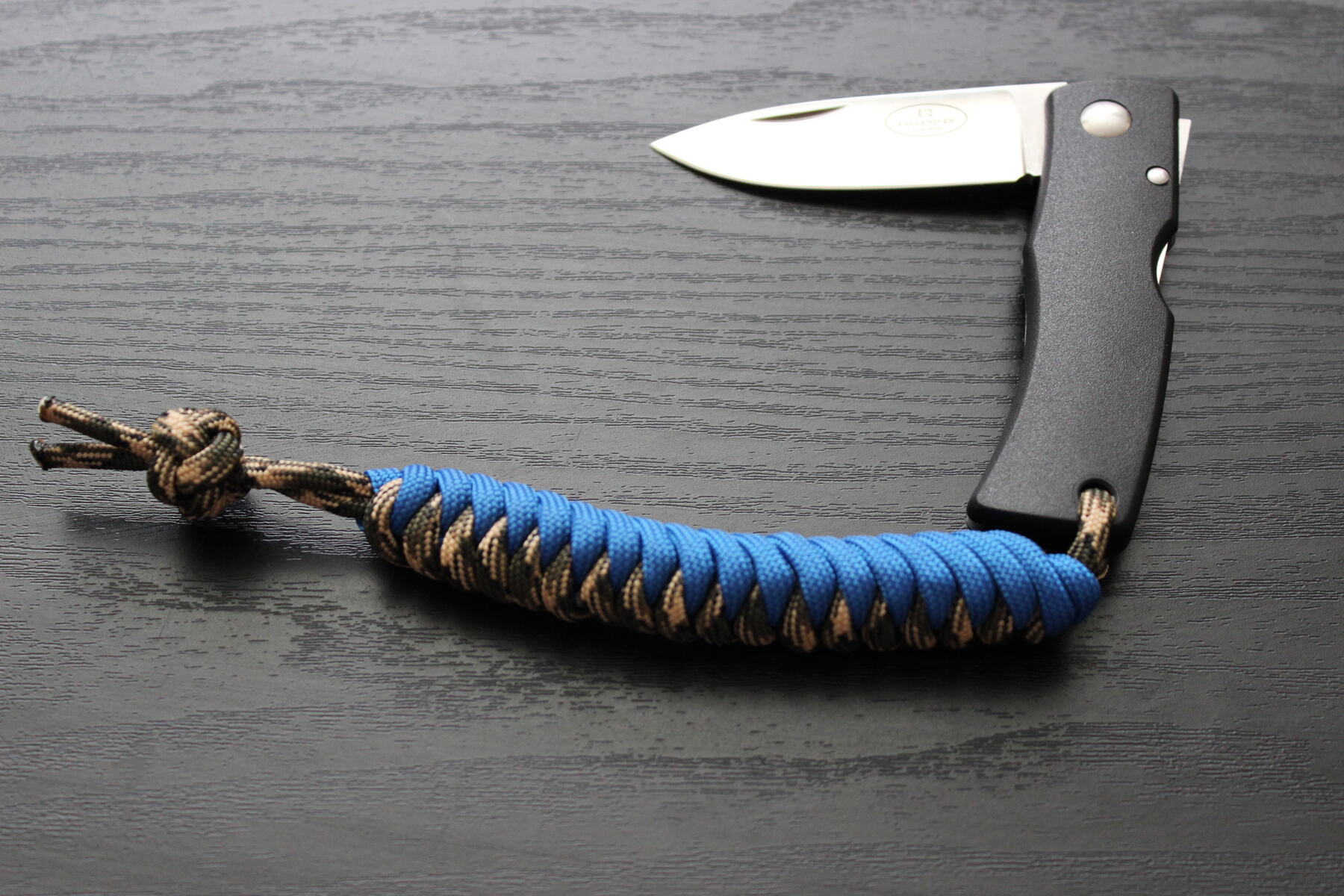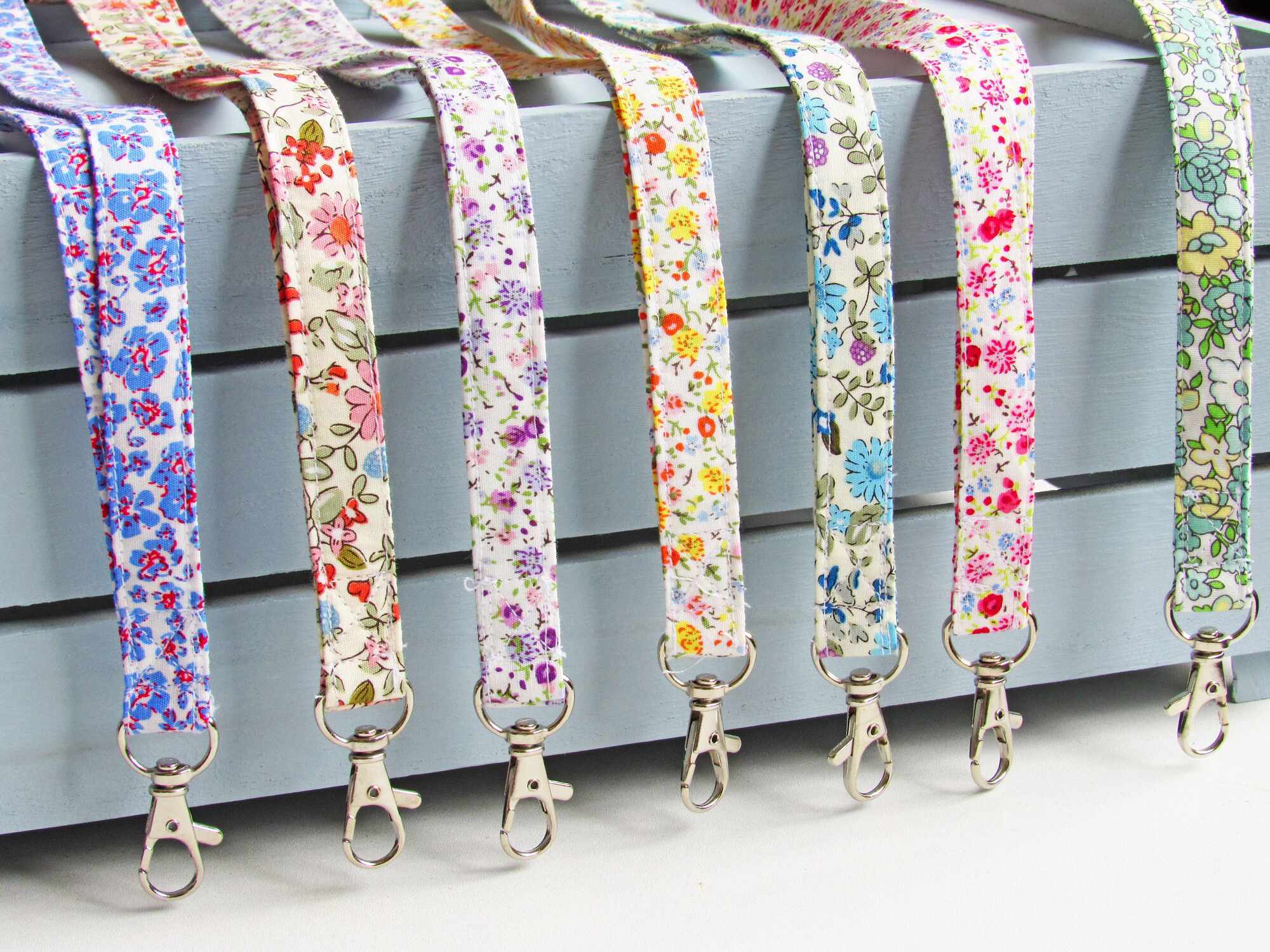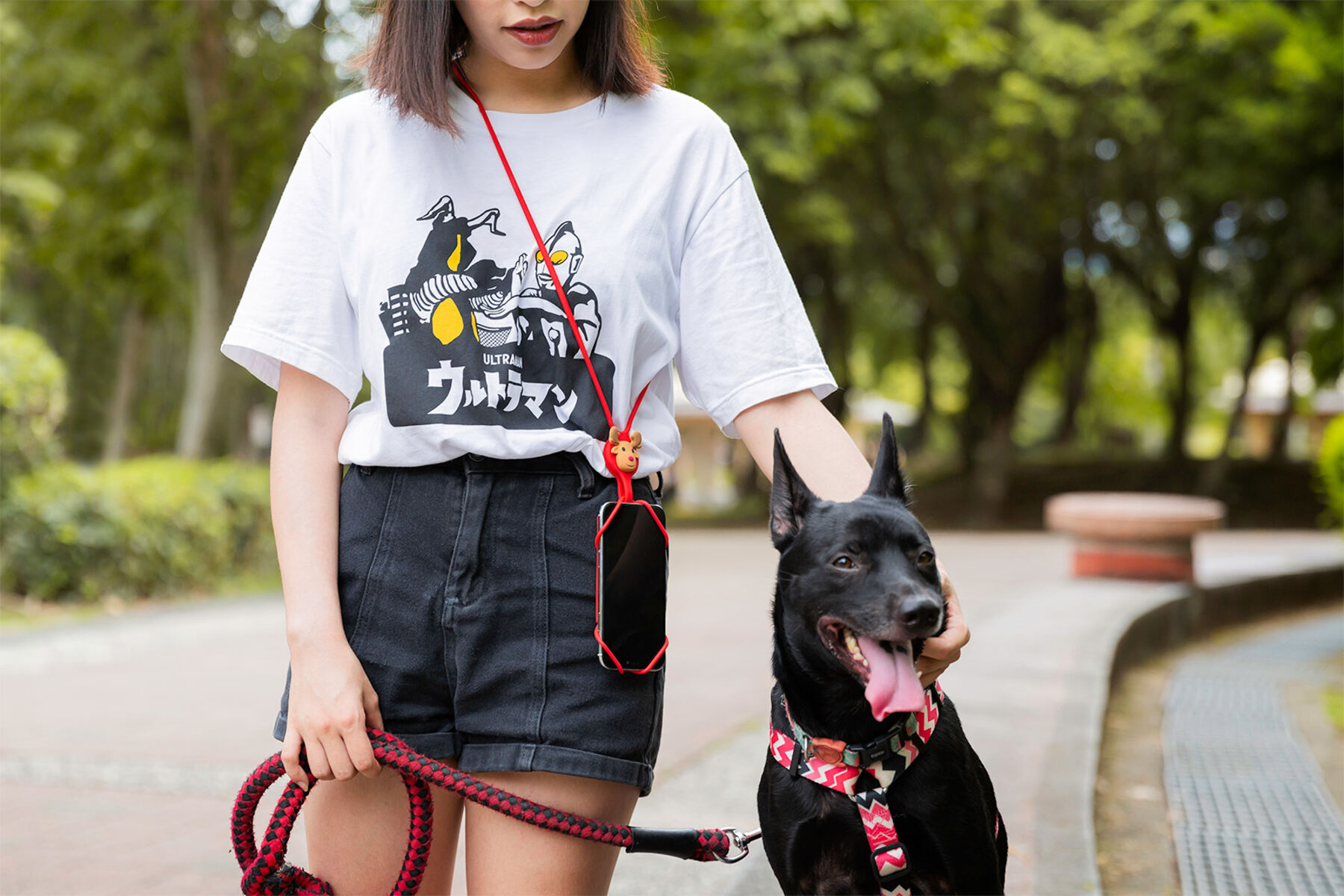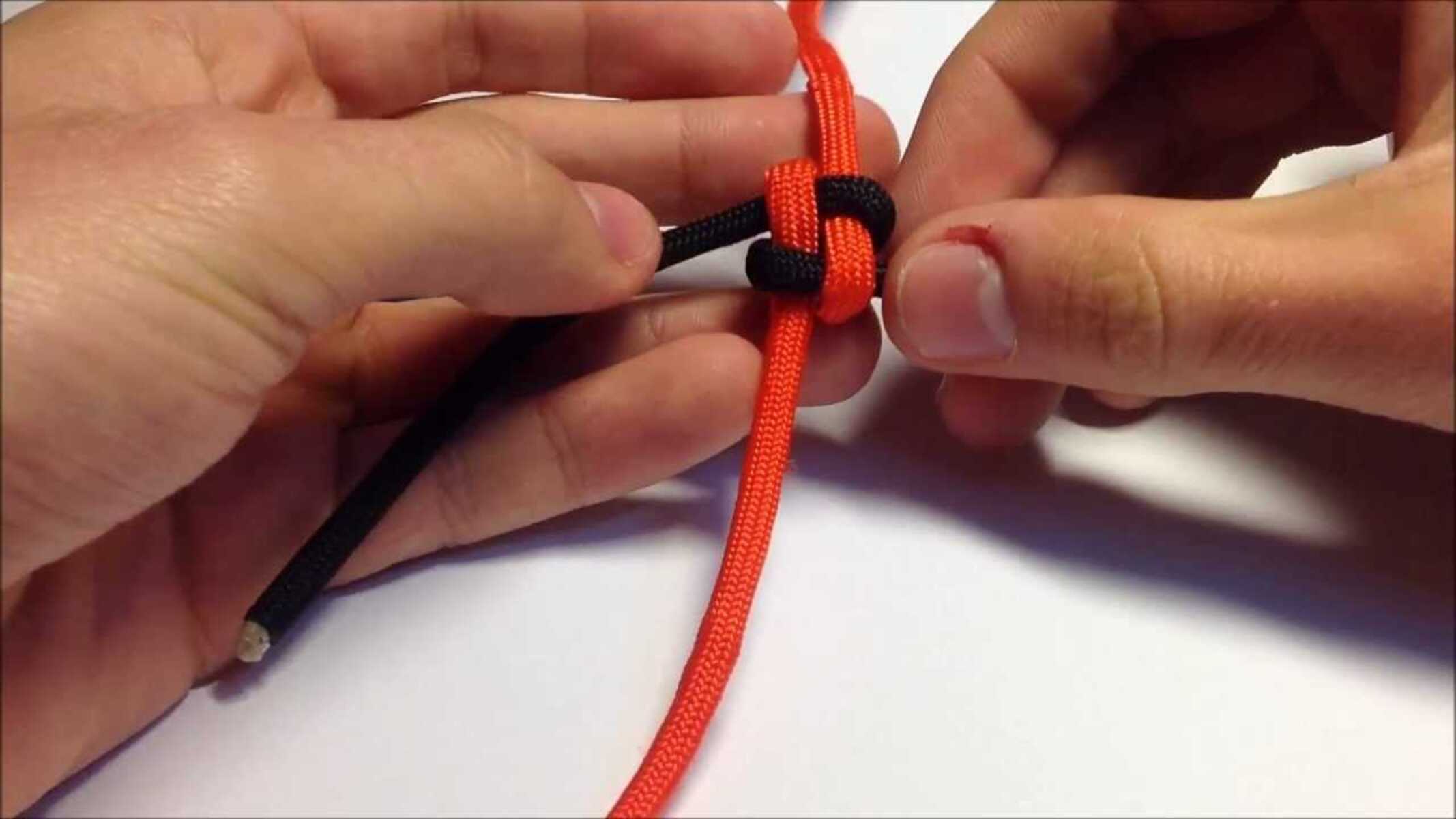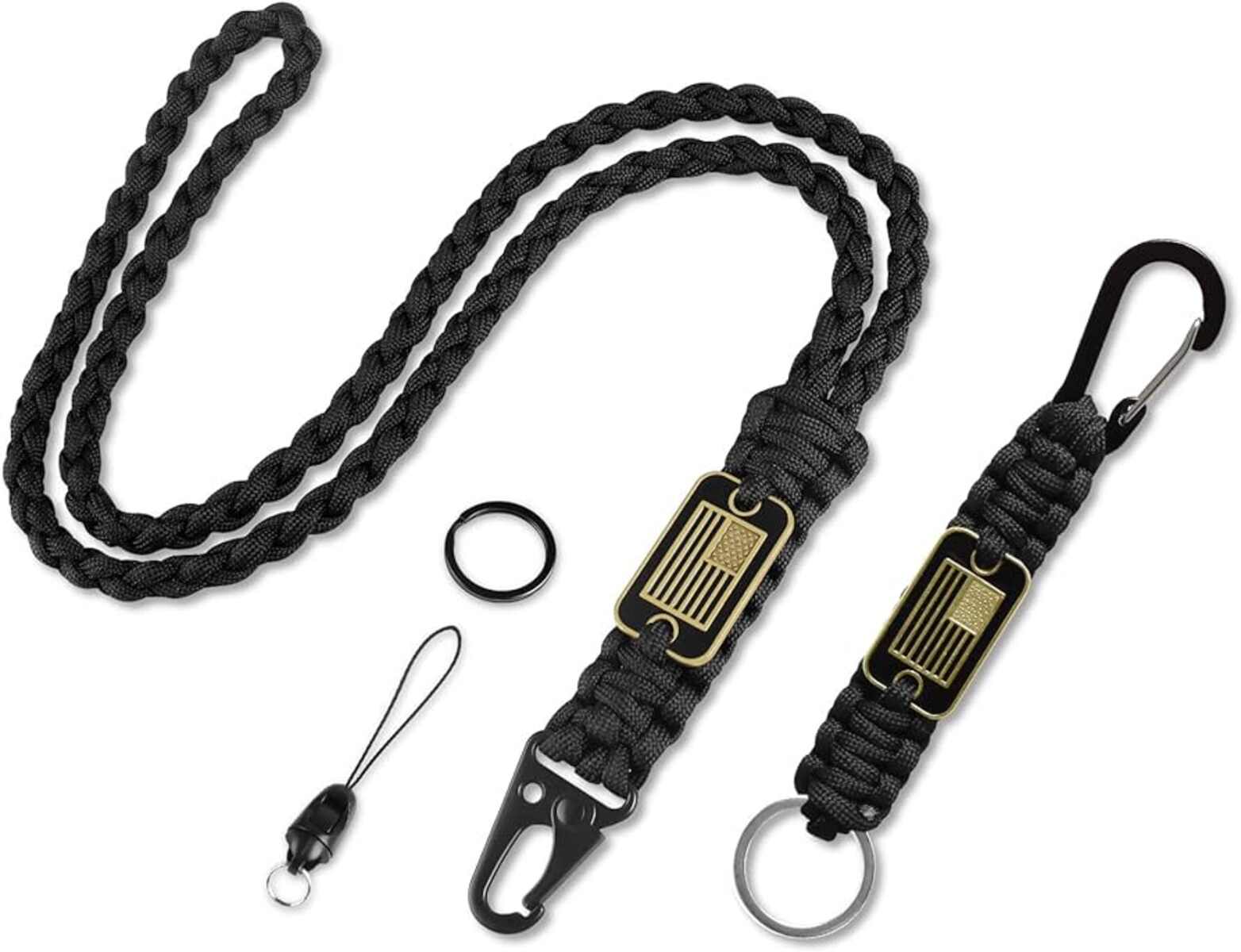Introduction
Lanyards are versatile accessories that are commonly used to secure and display items such as keys, identification badges, and small tools. While lanyards are available in various lengths, there are instances when a shorter lanyard is more practical and aesthetically pleasing. Whether you are customizing a lanyard for personal use or for a specific purpose, knowing how to properly shorten a lanyard is a valuable skill.
Shortening a lanyard involves precise measurements, cutting techniques, and securing the ends to prevent fraying. By following a few simple steps, you can tailor a lanyard to your desired length without compromising its functionality or appearance. This guide will walk you through the process of shortening a lanyard, providing you with the essential knowledge and techniques to accomplish this task with ease.
Understanding the fundamentals of lanyard length and the tools required for the job is crucial. Additionally, mastering the steps involved in shortening a lanyard will empower you to customize lanyards for various purposes, ensuring that they are both practical and visually appealing. Whether you are a DIY enthusiast, a professional in need of customized lanyards, or simply looking to modify your existing lanyards, this guide will equip you with the expertise to achieve your desired results.
Understanding Lanyard Length
When it comes to lanyards, the length plays a crucial role in their functionality and aesthetics. Lanyards are designed to securely hold and display items, and the length determines how they hang and how accessible the attached items are. Understanding the significance of lanyard length is essential for customizing lanyards to suit specific needs and preferences.
The standard length of a lanyard is typically around 36 inches, allowing it to be worn comfortably around the neck or across the body. However, there are situations where a shorter lanyard is more practical. For example, a shorter lanyard may be preferred when attaching items that need to be kept close at hand, such as keys or access cards. Additionally, a shorter lanyard can prevent items from swinging and potentially causing inconvenience or damage.
On the other hand, longer lanyards are beneficial when items need to be easily visible or accessible from a distance. For instance, in a professional setting, a longer lanyard may be used to display identification badges or access cards, ensuring that they are prominently displayed for security and identification purposes.
The decision to shorten a lanyard is often driven by the need to tailor its length to specific requirements. This could be influenced by personal comfort, practicality, or the nature of the items being attached. Understanding the impact of lanyard length on usability and aesthetics enables individuals to make informed decisions when customizing lanyards for their intended use.
In addition to considering the functional aspects, the visual appeal of a lanyard is also closely tied to its length. A properly shortened lanyard can enhance the overall look and feel, ensuring that it complements the style and purpose for which it is intended. Whether it's for personal use, professional branding, or promotional purposes, the length of a lanyard contributes significantly to its visual impact.
By grasping the nuances of lanyard length, individuals can make informed choices when customizing lanyards to meet specific needs. Whether it's for practicality, comfort, or aesthetics, understanding the role of lanyard length is fundamental to creating lanyards that are both functional and visually appealing.
Tools and Materials Needed
To properly shorten a lanyard, you will need a few essential tools and materials. These items are instrumental in achieving precise measurements, clean cuts, and secure finishes, ensuring that the shortened lanyard maintains its functionality and aesthetic appeal. Here's a comprehensive list of the tools and materials required for this task:
Tools:
-
Measuring Tape or Ruler: Accurate measurements are crucial when shortening a lanyard, so a measuring tape or ruler is essential for determining the desired length.
-
Sharp Scissors or Cutting Tool: A sharp pair of scissors or a cutting tool designed for fabric and cords will facilitate clean and precise cuts, preventing fraying and ensuring a professional finish.
-
Lighter or Heat Source: To seal the ends of the lanyard and prevent fraying, a lighter or heat source is necessary. This will help secure the cut ends, ensuring durability and a neat appearance.
-
Needle and Thread (Optional): If the lanyard material is prone to unraveling, having a needle and thread on hand can help reinforce the ends for added durability.
Materials:
-
Lanyard: The lanyard that needs to be shortened is, of course, the primary material required for this task. Ensure that the lanyard is in good condition and is suitable for the intended purpose.
-
Lighter or Heat Source Fuel: If using a lighter or heat source for sealing the ends, ensure that it is fueled and in proper working condition.
By gathering these tools and materials, you will be well-equipped to proceed with the process of shortening a lanyard. Each item serves a specific purpose in achieving a precise and professional result, allowing you to customize lanyards to your desired length with confidence and ease.
Step 1: Measure and Mark
The first and most crucial step in shortening a lanyard is to accurately measure and mark the desired length. This step sets the foundation for the entire process, ensuring that the lanyard is customized to the specific requirements and preferences of the user.
To begin, lay the lanyard flat on a smooth and level surface, ensuring that it is fully extended. Using a measuring tape or ruler, carefully determine the desired length for the shortened lanyard. Consider the intended use of the lanyard and the optimal length based on practicality and aesthetics.
Once the desired length is determined, mark the lanyard at the designated point using a pen, pencil, or a small piece of tape. It is essential to make clear and precise markings to indicate where the lanyard will be cut. Double-check the measurements to ensure accuracy, as any inaccuracies at this stage can impact the final result.
When marking the lanyard, consider leaving a small allowance for sealing the ends. This additional length will ensure that the lanyard can be properly finished without compromising the intended length. The allowance will vary depending on the method used to seal the ends, such as melting or stitching, and the type of material the lanyard is made of.
By taking the time to measure and mark the lanyard accurately, you are laying the groundwork for a successful shortening process. Attention to detail at this stage will contribute to a precise and professional result, ensuring that the shortened lanyard meets your specific requirements and maintains its functionality and visual appeal.
Step 2: Cut the Lanyard
After accurately marking the designated point for shortening the lanyard, the next step is to proceed with cutting the lanyard to the desired length. This step requires precision and care to ensure a clean and professional finish.
Using a sharp pair of scissors or a cutting tool designed for fabric and cords, carefully cut the lanyard at the marked point. It is essential to use sharp, high-quality scissors to achieve a clean cut without fraying the ends. Apply steady and even pressure to the scissors, ensuring that the cut is smooth and straight.
When cutting the lanyard, it is crucial to follow the marked line accurately. Deviating from the marked point can result in an uneven or jagged edge, compromising the overall appearance and durability of the shortened lanyard. Take your time and exercise caution to achieve a precise cut that aligns with the intended length.
Once the lanyard is cut to the desired length, inspect the ends to ensure that they are clean and free from fraying. If any fraying is present, carefully trim the excess material to achieve a neat and uniform finish. Paying attention to the details at this stage will contribute to a professional-looking result.
It is important to note that the method used to seal the ends of the lanyard will depend on the type of material it is made of. For synthetic materials such as nylon or polyester, the ends can be sealed by carefully melting them with a lighter or heat source. Natural fibers, such as cotton or hemp, may require a different approach, such as stitching the ends to prevent unraveling.
By cutting the lanyard with precision and care, you are one step closer to achieving a customized length that meets your specific needs. Attention to detail during the cutting process ensures that the shortened lanyard maintains its functionality and aesthetic appeal, setting the stage for the final steps of the customization process.
Step 3: Seal the Ends
After cutting the lanyard to the desired length, the next critical step is to seal the ends to prevent fraying and ensure durability. Properly sealing the ends of the lanyard not only enhances its appearance but also safeguards it against wear and tear, extending its lifespan.
The method used to seal the ends of the lanyard will depend on the material it is made of. For synthetic lanyards, such as those crafted from nylon or polyester, the most effective technique involves carefully melting the cut ends to create a secure seal. This can be achieved using a lighter or a heat source. It is essential to exercise caution and control during this process to avoid excessive melting or damage to the lanyard.
To seal the ends using a lighter, hold the cut end of the lanyard near the flame, taking care to keep the flame at a safe distance to prevent scorching or discoloration. Gently rotate the lanyard to evenly melt the fibers, creating a smooth and sealed edge. Be mindful of the duration of exposure to the flame, as excessive heat can cause the material to degrade.
For natural fiber lanyards, such as those made from cotton or hemp, a different approach is required. The ends can be secured by carefully stitching them using a needle and thread. This method provides a durable and aesthetically pleasing finish, preventing unraveling and maintaining the integrity of the lanyard.
Regardless of the sealing method employed, it is imperative to allow the sealed ends to cool and set before handling the lanyard. This will ensure that the melted synthetic fibers solidify or the stitched natural fibers secure properly, creating a lasting and professional finish.
By sealing the ends of the lanyard with precision and care, you are not only safeguarding it against fraying and damage but also adding a polished and professional touch to the customization process. Attention to detail during this step contributes to the overall quality of the shortened lanyard, ensuring that it is both functional and visually appealing.
Step 4: Attach Hardware
Once the lanyard has been shortened and the ends sealed, the final step involves attaching the hardware necessary for its intended use. The hardware may include a variety of attachments such as clasps, hooks, or rings, depending on the specific items that will be secured to the lanyard.
When selecting the hardware for the lanyard, it is essential to consider the weight and size of the items it will be holding. For instance, if the lanyard will be used to carry keys, a sturdy and reliable clasp or hook is recommended to ensure secure attachment. Similarly, if the lanyard will be used to hold identification badges or access cards, a durable and easy-to-use attachment mechanism is essential for daily convenience.
To attach the hardware, begin by determining the most suitable placement for the attachment. This will depend on the intended use of the lanyard and the ergonomic preferences of the user. Once the placement is determined, carefully secure the hardware to the lanyard, ensuring that it is firmly attached and capable of withstanding regular use.
Depending on the type of hardware being attached, it may require simple threading or more intricate assembly. For example, a clasp or hook can be easily attached by threading the lanyard through the hardware and securing it with a reliable knot or crimp. In contrast, a ring or loop may require more intricate assembly to ensure a secure and stable attachment.
It is important to test the hardware attachment to ensure that it functions as intended and provides a secure hold. This may involve attaching items such as keys, badges, or other accessories to the lanyard and verifying that the hardware can support the weight and movement without compromising the lanyard's integrity.
By attaching the appropriate hardware to the shortened lanyard, you are completing the customization process, transforming it into a functional and personalized accessory. Attention to detail during this step ensures that the lanyard is ready for its intended purpose, whether it's for everyday use, professional identification, or promotional purposes. The hardware attachment represents the final touch that enhances the practicality and usability of the shortened lanyard, making it a valuable and versatile accessory for various needs.
Conclusion
In conclusion, mastering the art of properly shortening lanyards empowers individuals to customize these versatile accessories to their specific needs and preferences. By understanding the significance of lanyard length and following a systematic approach to the customization process, individuals can achieve lanyards that are both functional and visually appealing.
Shortening a lanyard involves a series of precise steps, beginning with accurate measurements and markings to determine the desired length. This is followed by the careful cutting of the lanyard to achieve the intended size, ensuring clean and professional finishes. Sealing the cut ends with precision is crucial to prevent fraying and maintain the lanyard's durability. Finally, attaching the appropriate hardware completes the customization process, transforming the lanyard into a practical and personalized accessory.
The decision to shorten a lanyard is often driven by the need to tailor its length to specific requirements, such as personal comfort, practicality, or the nature of the items being attached. Understanding the impact of lanyard length on usability and aesthetics enables individuals to make informed choices when customizing lanyards for their intended use.
By grasping the nuances of lanyard length, individuals can make informed choices when customizing lanyards to meet specific needs. Whether it's for practicality, comfort, or aesthetics, understanding the role of lanyard length is fundamental to creating lanyards that are both functional and visually appealing.
In essence, the process of shortening lanyards combines precision, attention to detail, and a keen understanding of the functional and aesthetic aspects of these accessories. The ability to customize lanyards to the desired length ensures that they serve their intended purpose effectively while adding a personalized touch to everyday carry items, professional identification, or promotional materials.
Mastering the art of shortening lanyards not only provides individuals with practical skills but also allows for creative expression and customization. Whether for personal use, professional branding, or promotional purposes, properly shortened lanyards are a testament to the individual's attention to detail and commitment to functionality and style.







